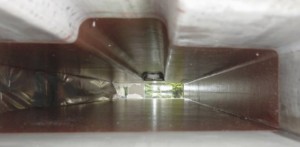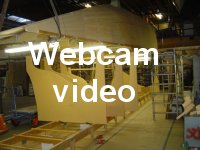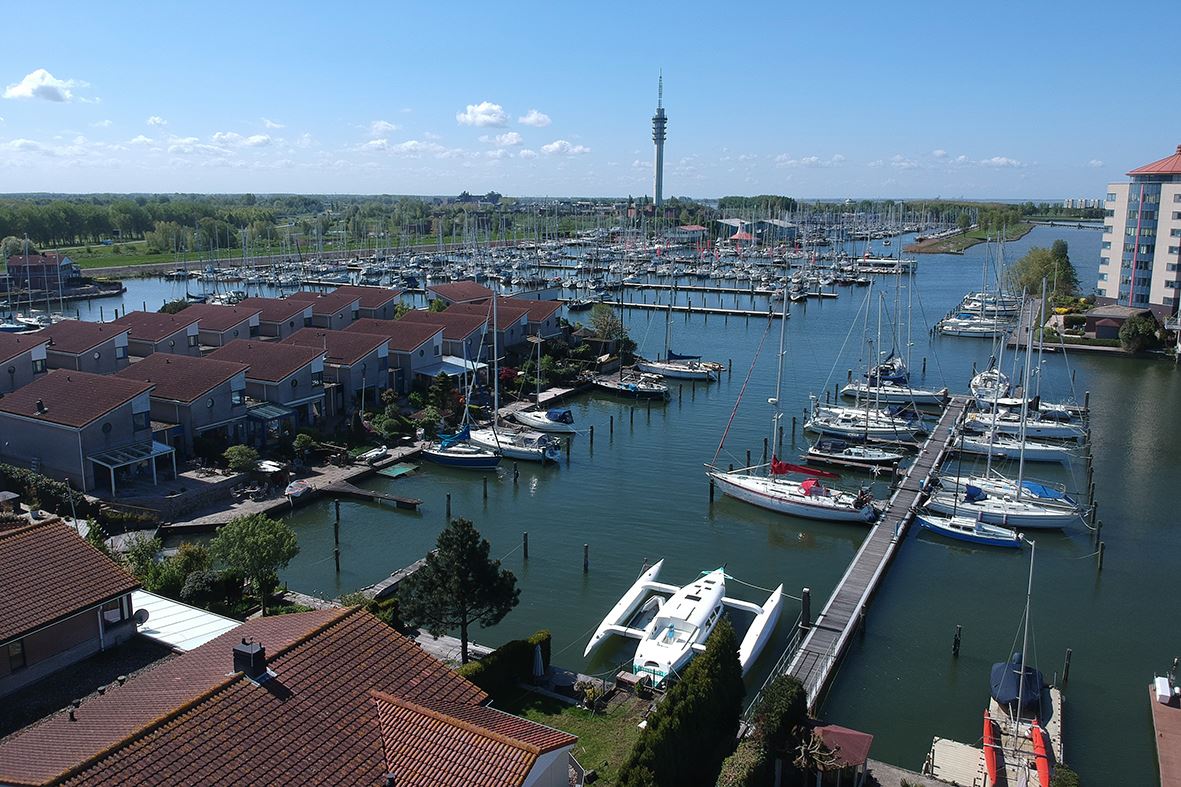After the making of the mold for the rudder blade it is not a lot of extra work to make two rudder blades, as I want an extra one in case of a fatal rudder damage. In fact, I make two complete rudder systems, one spare system in case of a fatal rudder damage.
Next is to decide which rudder system to make. Designer Ian Farrier provides various options for the rudder system.

The main choice is between the underslung rudder (not shown in the drawing) and the daggerboard style rudder. I prefer the latter as this system gives a better steering control for getting in and out shallow waters as it can be raised up and down.
The daggerboard style rudder system comes in three variations, in this drawing called A, B and C. The difference is in the manner in which the rudder blade kicks back should any object be struck.
The rudder option C with the hinged rudder box is only suitable for a steering system with cables and therefore not suitable for me because it does not fit in my chosen transmission steering system. After all, this system requires a fixed connection to the steering arm of which position is not affected by a pivoting movement.
The rudder option B is my preferred rudder system and consists of a two-piece pivoting case and sleeve. Should any object be struck or the rudderblade hits the bottom, the aluminum rudder lock bar will break, allowing the rudder to kick back preventing any more serious damage.
Rudder option A is much simpler but will not kick back should any object be struck. However, the case should split apart down the aft edge (with aluminum bolts sheering) to allow rudder blade to kick back without any damage to the transom. But some damage to the rudder case is likely to occur, which I can confirm from my own experience whith such a system on a F33. Due to the simpler construction this will become my backup and emergency system.
Click in the above picture or here for the photo gallery of the making of the rudder sleeve and case.




 Posted by Fram
Posted by Fram 















